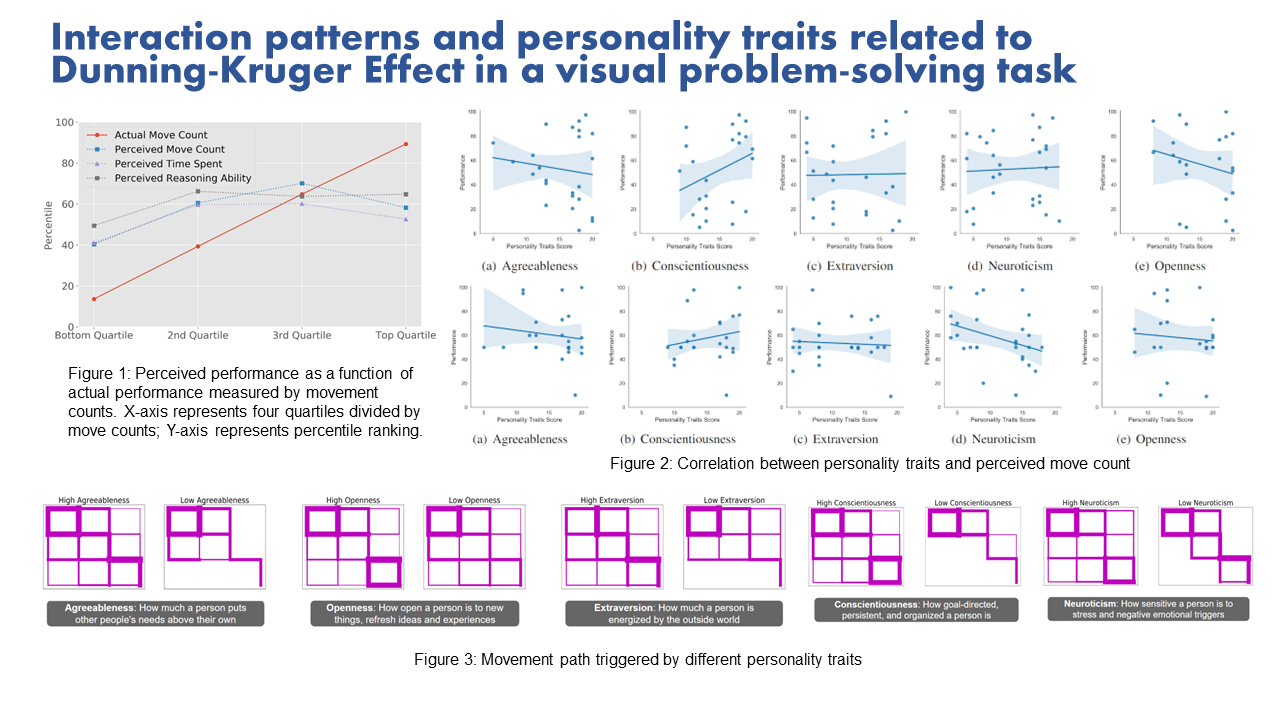Perception of Skill in Visual Problem Solving: An Analysis of Interactive Behaviors, Personality Traits, and the Dunning-Kruger Effect
Bonnie Chen, Emily Wall
View presentation:2022-10-16T16:24:00ZGMT-0600Change your timezone on the schedule page
2022-10-16T16:24:00Z

The live footage of the talk, including the Q&A, can be viewed on the session page, TREX: Session 2.